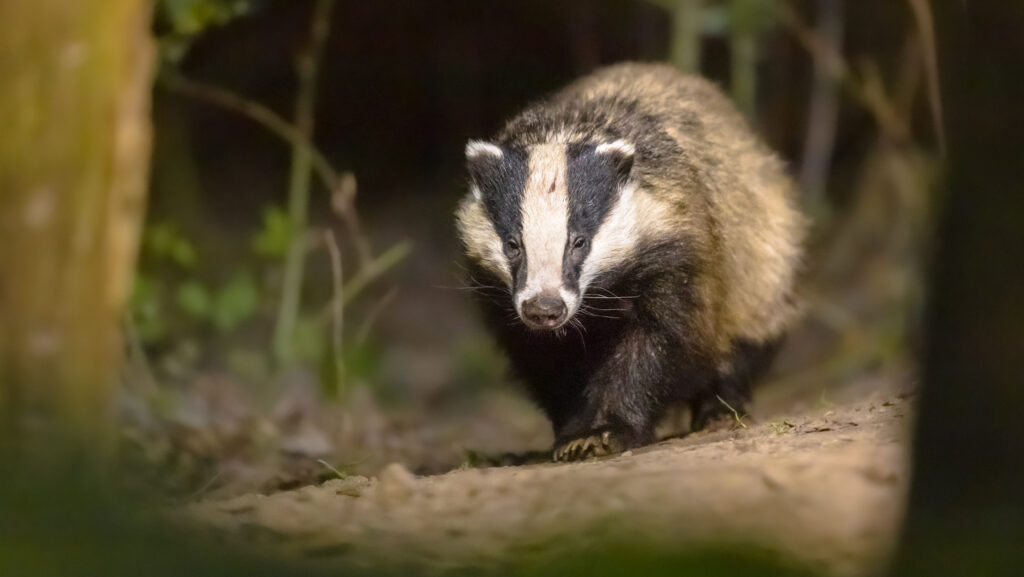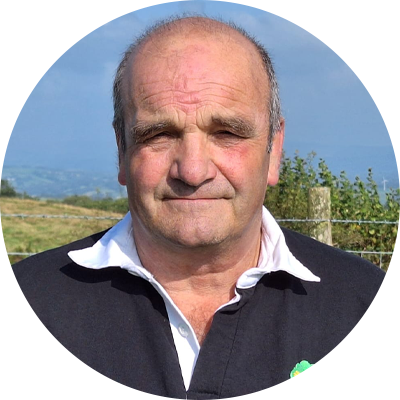Opinion: Don’t be too quick to dismiss Brian May’s TB findings
 © Adobe Stock
© Adobe Stock How refreshing it was to see animal activists and farmers in the recent BBC documentary Brian May: The Badgers, The Farmers and Me, having enough respect for each other to actually work together, rather than the usual polarised shouting match.
Sure, with an activist for narrator, the programme was a little one-sided, but no more so than if a farmer had narrated it – just in the opposite direction.
See also: Brian May – ‘Badgers are irrelevant in cattle TB spread’
About the author

Jon Bond spent many years managing farms and estates across the Midlands and South West, and now runs a smallholding near Tregaron in West Wales.
Animal vet Dick Sibley is a deep thinker; Robert Reed, and Chris and Bella Mossman are all switched-on farmers, and Brian May is no fool – so why would farmers not want to listen to what they have found out about something so devastating as bovine TB?
The programme showed how a fresh approach, however heretical to some, can yield findings that were always there, but would otherwise remain obscured by convention.
And why on earth would the government oppose self-testing on TB-negative herds by a registered vet investigating his client’s animal health concerns?
It beggars belief (unless they are afraid we might discover something they don’t want us to).
Vectors
Undoubtedly, there are numerous vectors involved with TB spread that some sideways thinking will help us uncover.
The Gatcombe team have made us aware that slurry lagoons may simply be serving as a huge fermentation vat for TB.
Perhaps a slurry inoculant, a return to deep litter systems, or extended use of slurry in anaerobic digestion could be useful in regaining control over TB.
Maize growing could be another factor. Over time, we have seen the UK maize acreage substantially increase to provide fodder for both livestock and anaerobic digesters. Maize is also a firm dietary favourite for badgers (along with hedgehogs).
Might we not wonder why the distribution map of maize in the UK is so remarkably similar to the UK distribution map of TB?
Badgers more than likely play their part. They are social animals living together in family units close to reliable food sources, marking their territory with latrines.
Cows also live in social groups and, as farmers, we know them to be inherently inquisitive animals who have to investigate every aspect of their environment.
Pathogens just love the convenience of such close-knit hosts, to exploit and rip through the population.
Protected species
I am old enough to remember the days when badgers were not a protected species, the public knew nothing about possible badger-TB-cattle connections, and dairy farmers almost invariably expected their herds to be TB-free.
Those halcyon days remind me of a ministry vet coming to re-test two “inconclusives” for me.
We struck up a conversation and it turned out he had been on the original Krebs investigation, so I asked him if he thought badgers were actually implicated in TB spread.
He replied as follows: “If we get a TB breakdown on farm and just cull the cattle, TB is back within six months.
“If we also cull the badgers for a 3km radius around the farm, we’ve yet to have a breakdown recur. You make up your own mind.”
The Brian May programme certainly took an interesting, if controversial look at TB management.
It seems unlikely to me that better management of slurry alone will rid this country of its deep-rooted TB problem any more than simply culling badgers might.
But surely we should pay attention when new findings shed fresh light on the way TB is dissipated, especially while current testing fails to identify all carriers.
The jigsaw of answers is almost certainly already out there. It is just waiting for more enlightened souls, like the Gatcombe team perhaps, to come along and put them all together.
